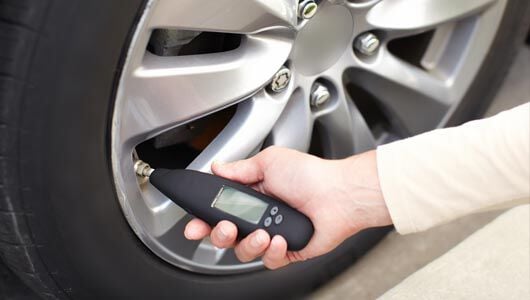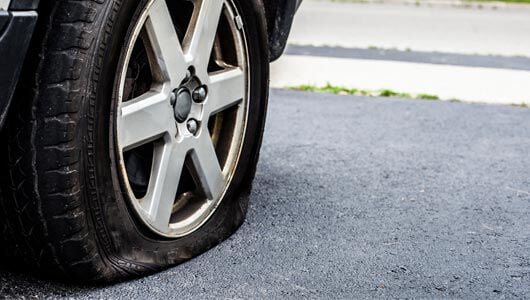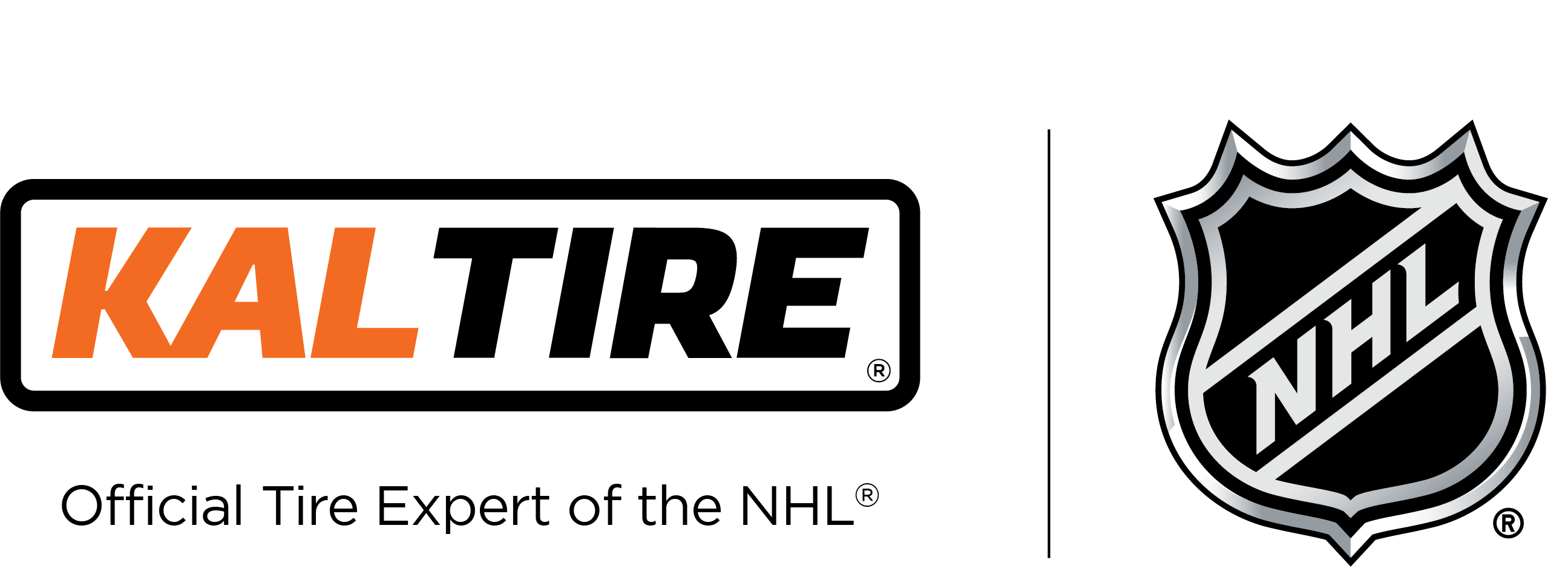What is TPMS? What you need to know about tire pressure monitoring systems
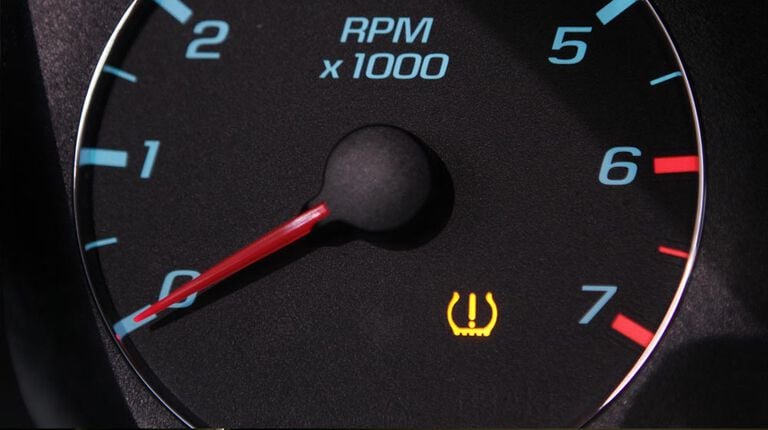
Did you know your tire could be significantly under-inflated and you might not be able to tell just by looking at it? And that if your tire was dangerously under-inflated, you could be at risk of tire failure, blowouts and accidents? Fortunately, most modern vehicles have a solution to help monitor tire inflation for us, and it’s called a Tire Pressure Monitoring System, or TPMS.
What is a Tire Pressure Monitoring System? (TPMS)
TPMS is a safety device installed by the vehicle manufacturer factory. It’s designed to monitor tire pressure and alert drivers when one or more tires dangerously low to help prevent tire failure.
Since 2007, all passenger cars and light trucks sold in the U.S. are required to have factory-installed TPMS. Unlike many countries, TPMS isn’t mandated in Canada, but an estimated 70 per cent of vehicles sold here since 2010 are equipped with TPMS.
How does TPMS work?
TPMS works uses a wheel-mounted sensor or the ABS system to detect tire pressure. If your tire pressure is dangerously low, the sensor sends a signal to your dashboard, where the TPMS warning symbol will light up.
There are also two types of TPMS warning symbols:
1. This is the most common TPMS low tire pressure symbol, and it looks like a treaded horseshoe with an exclamation mark.
![]()
2. The other TPMS symbol is the frame of a vehicle which highlights the tire with the low pressure.
![]()
Why is your TPMS light Flashing?
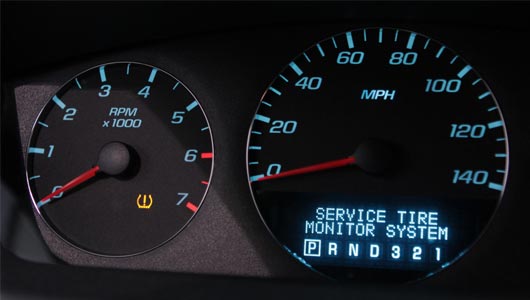
There are three reasons why your TPMS light is flashing:
1. TPMS sensor may need to be reset after a winter tire change has been performed
2. The battery—and, therefore, the system—needs to be replaced
3. Dangerously low tire pressure
If it’s low pressure
When the TPMS warning light comes ON and stays ON, this indicates significantly low tire pressure in one or more tires. See our next question for what to do if your TPMS light is flashing so you can get your tire inspected safely.
Other tires could also be under-inflated, so it’s a good idea to check the pressure of all four tires.
If it’s the battery
There’s another reason why your TPMS symbol could be lighting up, especially if it’s flashing and your vehicle was purchased around 2007: an expiring sensor battery.
When you bring your vehicle in and our TPMS experts diagnose the problem as an expired TPMS sensor battery, the sensor needs to be replaced, not just the battery. The battery is an integral part of the sensor, and the whole sensor needs to be replaced.
Now, your TPMS light could come on to tell us there’s a component malfunction on one sensor, and we’d replace it, and then next week, the symbol could light up again. That’s because each of your four tires is equipped with TPMS, possibly your spare as well. Since you’ve come into the shop to have one TPMS sensor replaced, and they all have about the same lifespan, it makes sense to have them all replaced at once rather than making several trips over the course of a few months or weeks.
That way you’ll save yourself time, but you’ll also have the peace of mind of knowing your TPMS is best able to do its job—tell you that your tire’s air pressure is dangerously low so you can avoid blowouts and accidents.
If it needs a reset
Our TPMS experts will reset the system on each tire if it’s a minor, non-battery related malfunction (and this does sometimes occur following a winter tire change).
We’ll find the problem and:
- inflate the tire or fix it
- check all TPMS sensors
- replace the valve components if necessary as well as reset and test your TPMS system so you know it’s going to continue keeping you safe
What to do if you see your TPMS light flashing
When your TPMS warning light comes on, this means that one or more of your tires may be dangerously below the recommended inflation pressure. Take caution and:
1. Find a safe place to pull out of traffic so you can stop to check your tires.
2. Check your tire pressure or have them checked by a professional tire technician, then inflate them to your manufacturer’s recommended pressure level.
3. If necessary, have any damaged tires, as well as the TPMS system, serviced at your nearest tire service center. The TPMS light should turn off within several minutes after re-inflating the tires to their recommended pressure.
4. Make a habit of checking your tire pressure regularly and re-inflating so you’re never at even 5 per cent below placard level. You’ll have better fuel economy and handling with properly inflated tires.
TPMS maintenance & winter tire changes
At Kal Tire, your safety is our top priority. If your vehicle comes into our store with a safety device such as TPMS installed, we want to make sure it’s working when you leave.
When you stop in for your winter tire change, or if you buy new rims, our trained technicians will need to service your TPMS to ensure it is working.




